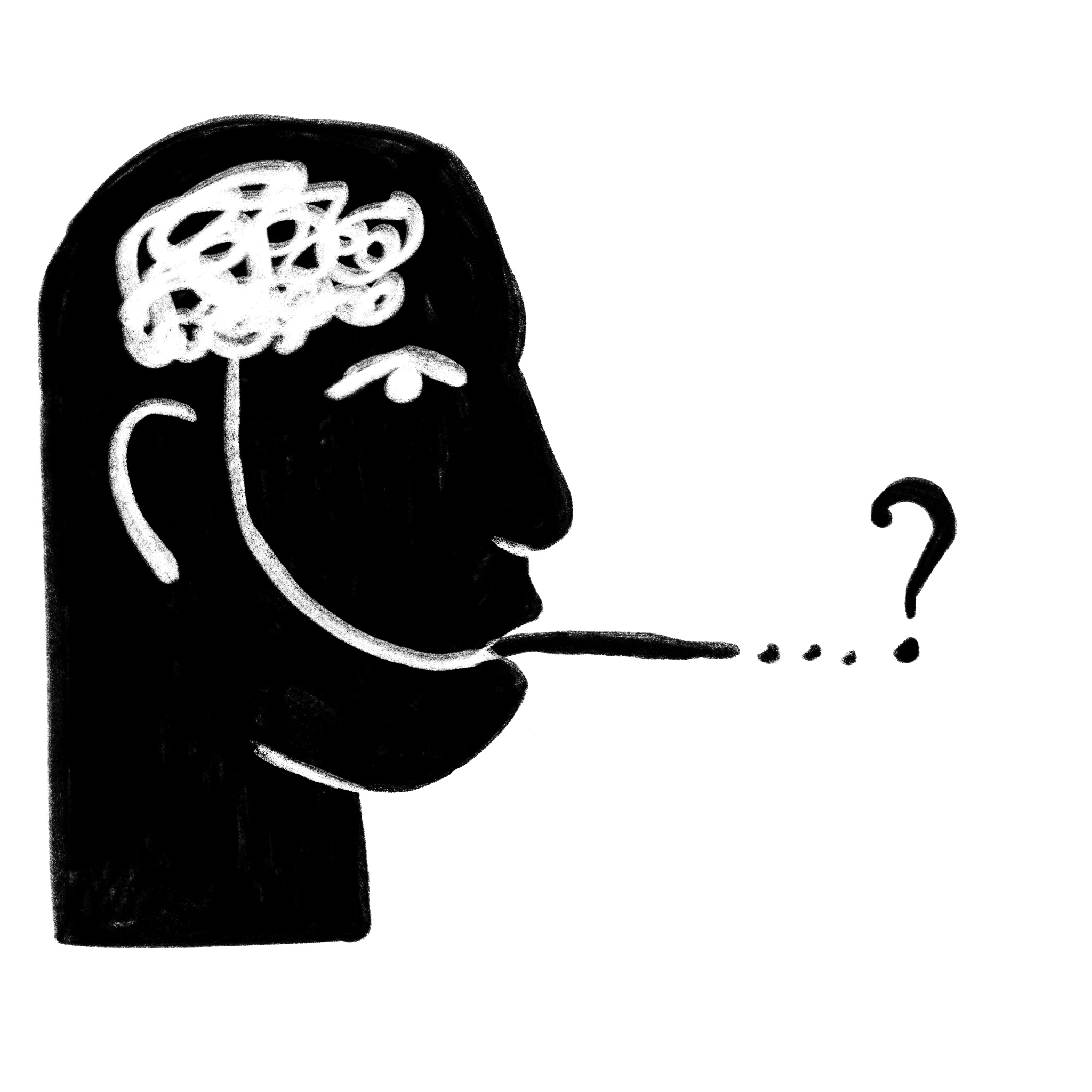I don’t know what to write about
November 8, 2024
 This
piece represents the opinion of the author
.
This
piece represents the opinion of the author
.
 Henry Abbott
Henry Abbott
Let’s now ground the multiplicity of possibilities within the context of writing, since “I don’t know what to write about.” Do I really not know what to write about? To say yes would be to lapse into the cliche of the unknown as a mute nothingness. But I really don’t know what to write about, otherwise it would have already been written. Then it’s a yes with a caveat: Within my head are all the possibilities of what I could write about, but I don’t know which one to pull from—what possibility to actualize. I am paradoxically closest to absolute knowledge when I don’t write and actualize a single possibility.
In narrowing the multiplicity, I am committing an act of violence. I am enclosing an open system where there was a continuous production of meaning. This enclosure brings into existence a particular meaning by communicating it but simultaneously erases the reality of all other meanings. The act of violence also functions as an imposition of order. Then violence and order denote the same thing: an imposition of an organizing schematic.
And in writing, the schematic takes the form of a signifier. The physical markings and the auditory patterns that denote the signifier, “word,” are the schematic through which I organize and actualize the multiplicity in my head. But this schematic is not completely accurate.
What is a word? “Speech, utterance, verbal expression.”
What is speech? “Senses relating to the act of speaking; talk.”
What is talk? “The meaning of a more or less extended sequence of written or spoken words.”
This is the circular logic of signification where meaning ricochets off other signifiers and a self-contained meaning is never reached. The schematic then fails to capture or seize the dynamism of the original multiplicity. The residual instability is the excess production of meaning brimming over the signifier.
All this refers to writing, but interpretation occupies a similar position. It’s the narrowing of the multiplicity within the signifiers I jotted down. But this doesn’t quite reach a self-contained meaning either.
The editor for this article will understand something different than the illustrator. There will always be a level of misunderstanding and disconnect from one another. Things never really touch and in those crevices, monsters live. Inhabiting those crevices is better than fixating on a scientific, “objective” understanding of the world that doesn’t really exist. Affirming the multiplicity points at something better. Ideally, I shouldn’t have even written this column.

Comments
Before submitting a comment, please review our comment policy. Some key points from the policy: